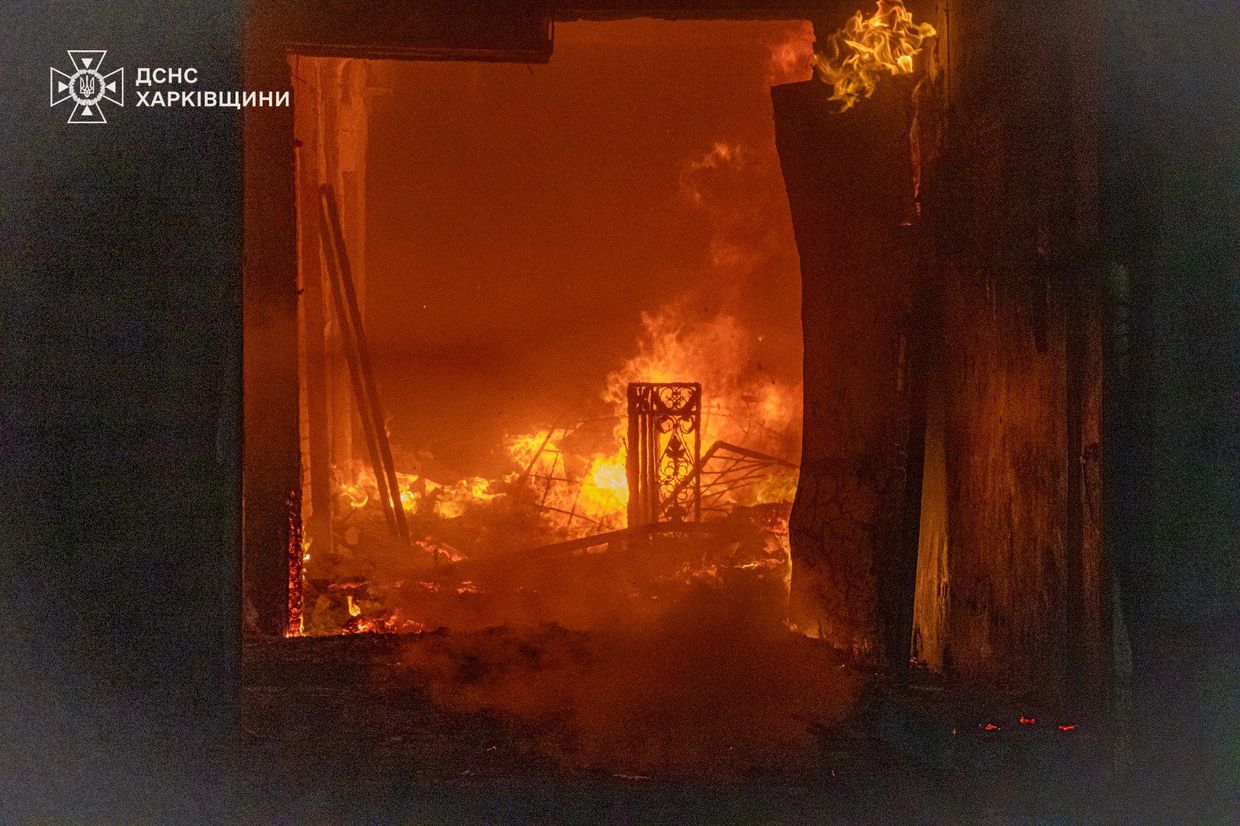The 1970s-style “conversation pit” — a sunken or recessed living area, often with built-in cushioned seating — is no doubt a bold design move. Who doesn’t remember seeing Don Draper’s sleek Manhattan loft in Mad Men, with its deep-carpeted entertainment space, such a stark departure from the more traditional layout of his old suburban house? If you’re a fan of the retro recessed pit, you can get married in one, like this chic couple, but why not go a step farther and get one in your own home?
As its name might suggest, the conversation pit is often a topic of conversation in and of itself. Yet from home design experts to social media influencers, some say that this somewhat controversial (and somewhat sexy?) home design relic is “making a triumphant comeback.”
Conversation pits: A very brief history
Recessed spaces have a long history going back at least hundreds of years — from the irori, or sunken hearth, in traditional Japanese architecture to the open pit dining rooms, or triclinia, of ancient Rome.
But here in the U.S., the feature is often attributed to architect Bruce Goff, who designed a home with a sunken living room in 1927. The style really took off with the advent of mid-century modern architecture in the 1950s and 1960s.
Kerrie Kelly, former national board chair of the American Society of Interior Designers, tells Yahoo Life that designers such as Eero Saarinen and Alexander Girard incorporated conversation pits into their projects “as a way to foster connection and define social spaces within open floor plans,” and by the 1970s, they had become a signature element of “stylish, entertaining-focused homes.”
“I was a wee-one in the ’70s, but I definitely remember one of my best friend’s homes having a red-carpeted conversation pit — and as kids, we thought it was the coolest space,” Kelly says.
Is the conversation pit making a comeback? Here’s what home design experts are seeing
Some conversation pits are making a resurgence. One Reddit user posted not too long ago, for example, about a home renovation project that led to the discovery of an old conversation pit that had been covered up with flooring. Some wry commenters had goofy suggestions for using the newly uncovered space (“Put an orchestra down there” or “A ball pit would be pretty good”), but others were all in on restoring it to its former glory.
Charlie Lankston, executive editor of Realtor.com, tells Yahoo Life that many conversation pits added to homes in the late 1960s and early '70s have since been built over or renovated to remove them. But, she says, what’s interesting today is the “modern spin” that has been introduced.
“We are now seeing conversation pits making a return, but in a much more elevated way,” Lankston says. “These spaces are often designed with a very clean, mindful aesthetic that helps to create a feeling of serenity.”
Some people have also taken the spirit of conversation pits as inspiration for their living rooms — using couches and sectionals to create open squares or a half circle to create cozy, enclosed spaces without a literal pit. Sunken social spaces are also popping up more in outdoor entertaining, such as around fire pits.
Kelly says that while 1970s-style conversation pits “aren’t making a full-fledged comeback,” home design experts are seeing a renewed interest in intimate gathering spaces in the home that encourage more talk and less tech.
“Sunken living rooms and built-in seating areas nod to the concept, while offering a more modern, functional take,” Kelly says. “Homeowners today either prioritize open-concept living or closed floor plans, so adaptations of conversation pits tend to focus on cozy, defined spaces rather than fully recessed areas — creating the best of both worlds.”
The benefits and downsides (in some cases, literally) of conversation pits
Conversation pits have aptly been described as “slightly dangerous and slightly entertaining.”
Kelly says the feature “adds character to a home,” as well as a relaxing, intimate space for entertaining and socializing. They put people at the center, instead of having a TV as the focus. If you opt for an outdoor conversation pit, Lankston says it has the added bonus of the shelter it offers from any wind.
However, “there are some downfalls to having a conversation pit in your home — and I do mean that quite literally,” Lankston adds. “The risk of a fall is pretty high when there is, in essence, a gaping hole in your living room floor.”
Sunken spaces can be a safety hazard, especially for pets or young children. They’re also not the most versatile of home designs, and limit where you can put living room furniture.
“Some homeowners find them to be a dated design element that doesn’t align with modern living preferences,” Kelly notes.
How to get a renovation-free version of ’70s style
Ready to add a conversation pit to your own home? Kelly says creating a true sunken living room requires structural modifications, such as lowering a section of flooring, reinforcing the foundation and adding built-in seating, which could cost anywhere from $25,000 to $50,000.
But if you want something a little less permanent (and expensive), Kelly says you can achieve a similar conversation pit vibe with a few easy DIY additions.
Use sunken seating. Sunken sectionals and modular sofas (i.e., sofas made up of smaller pieces that you can move around into whatever shape you’d like) can create a sense of enclosure without being in an actual pit.
Add an area rug. Sectioning off your sitting space with a plush area rug layered with floor cushions can create a “relaxed, lounge-like feel” that separates the conversation area from the rest of your living space, says Kelly.
Incorporate vintage-inspired decor. To finish it off, add some vintage-inspired textures like velvet upholstery, shag rugs and geometric prints “to bring in that ’70s aesthetic.”
If you live in a home with an original conversation pit, you can lean into that retro design while also giving it a modern edge. “For those who embrace the look,” Kelly says, “updating the upholstery, lighting and surrounding finishes can make a conversation pit feel fresh and inviting.”
.png)
 German (DE)
German (DE)  English (US)
English (US)  Spanish (ES)
Spanish (ES)  French (FR)
French (FR)  Hindi (IN)
Hindi (IN)  Italian (IT)
Italian (IT)  Russian (RU)
Russian (RU) 




Comments